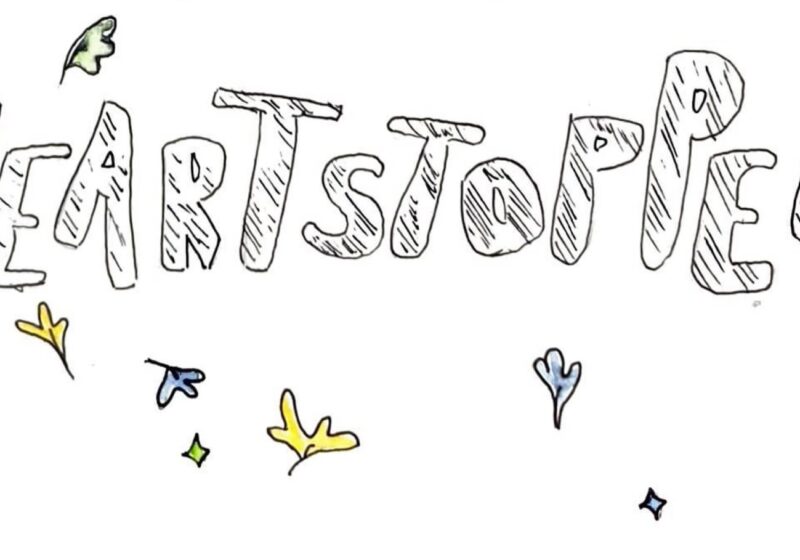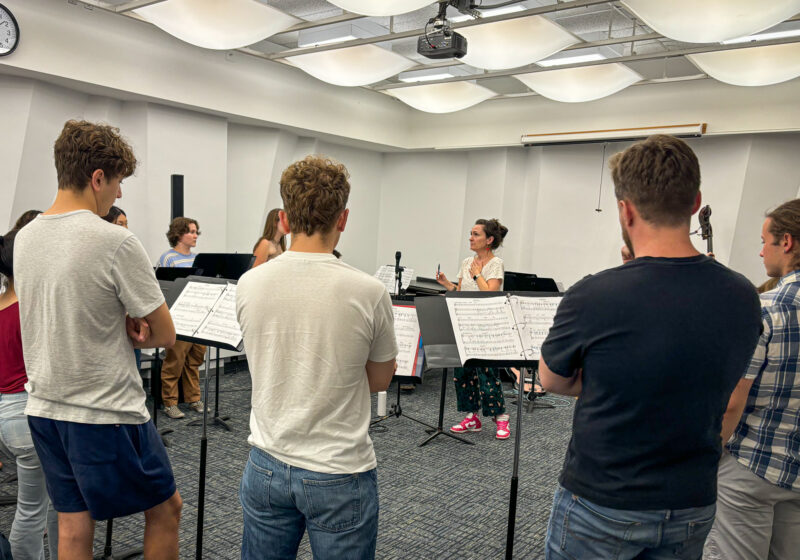By Weston BErg
Campus Times Staff
Having dabbled in a cornucopia of genres ranging from comedies to yakuza gangster films to softcore porn, a quick glance at the resume of director Kiyoshi Kurosawa prompts one to wonder why it wasn’t until his 15th film “Cure” that he was finally introduced to Western audiences. With its stifling suspense and brooding introspection, the astounding craftmanship that pervades “Cure” almost makes one think Japan’s been hiding something from us. Whatever the reason, occidental fans of “Se7en” and the “X-Files” will no doubt rejoice the arrival of Kurosawa to their homeland as he twists elements from both the detective and horror genres together, spinning out an intricate and terrifyingly effective horror of his own design.
With a wave of mutilation slowly sweeping over the Tokyo area, Detective Kenichi Takabe – Koji Yakusha – is dispatched to try and piece together a gruesome string of bizarre and oddly related massacres. It’s evident from the start that Takabe has his work cut out for him as, although each barbaric crime bears the exact same insignia – a vicious “X” carved fastidiously into the neck of the victim – the identity of each murderer is different. If there were any common thread to be found between the culprits, it might only be their similarly strange reactions to the atrocities they’ve inflicted. Overwhelmed with breathless horror and deep remorse for what they’ve done, all three killers can’t help shake the mysteriously conflicting feeling that, at the time of the slaughter, “it just seemed like the natural thing to do.”
Meanwhile, a spacey sweater-clad man – Masato Hagiwara – stumbles aimlessly throughout the city, unable to answer questions regarding who he is or where he came from. Engaging in deep intimate dialogues with whomever should be so kind as to try and help him find his way, “Mr. Mamiya” – or so it says on his jacket – seems to have a profoundly destructive impact on the mental state of anyone he speaks to. Just hours after an unsuspecting passerby converses with the shuffling amnesiac, Detective Takabe gets another call and once again finds himself administering over yet another mutilated corpse along with its correspondingly confused and speechless killer. What sort of mysterious entity could possibly coerce a group of peaceful upright citizens to brutally massacre their friends and loved ones?
In his search for an answer, Takabe follows his curiosity right to it’s chilling end, confronting Mamiya and plunging himself into an inexplicable evil that he and his associates may not be wholly immune to.
Perhaps most striking about Kurosawa’s film is the way he so deftly conjures up a crumbling atmosphere to convey his own bleak vision of contemporary society. Opting to film predominantly within areas of dilapidation and squalid grottos, he eschews images of a modernized Japan, and instead places an emphasis on whatever bleakness and decay he can find. In doing so, Kurosawa effectively transforms the surrounding Tokyo area into a festering run down hive buzzing with complacent lethargic drones whose weak minds and latent antipathy leave them highly vulnerable to the gentle homicidal urgings of the torpid droopy-eyed Mr. Mamiya.
Repeatedly utilizing simple static long shots to capture the startling matter-of-factness of each slaying, the impartial and unflinching eye of Kurosawa’s camera proves it’s more than possible to craft a terrifying masterpiece of a suspense film without wild cinematographic histrionics and without a multi-million dollar David Fincher budget. A prostitute noncha-lantly battered with a steel pipe, a female doctor casually peeling the face off her prostrate male victim – all this carried out with the calm deferential duty of a child taking out the recycling. Similarly commendable are Yakusha and Hagiwara’s down to earth performances that keep the film firmly grounded in the realm of plausible storytelling – something that can be remarkably difficult to find in a movie about hypnotized psychopaths.
Instead of providing any answers or conclusions, Kurosawa only poses questions, the ultimate of these being – to what extent is this carnage the result of an external force? If it’s true as Sakuma says, that one “can’t change moral sense through hypnosis,” what is Kurosawa ultimately saying about the minds of Mr. Mamiya’s entranced minions? What’s he saying about the rest of us?
Whatever the answer may be, “Cure” should provide you with a deeper understanding of why it didn’t take a terrible amount of convincing to get you to give those trick-or-treaters the caramel apples with the razor inside.
“Cure” makes its Rochester premiere for one night only this Friday, March 25th at 8 p.m. in the Dryden Theatre at the George Eastman House.
Berg can be reached at wberg@campustimes.org.




